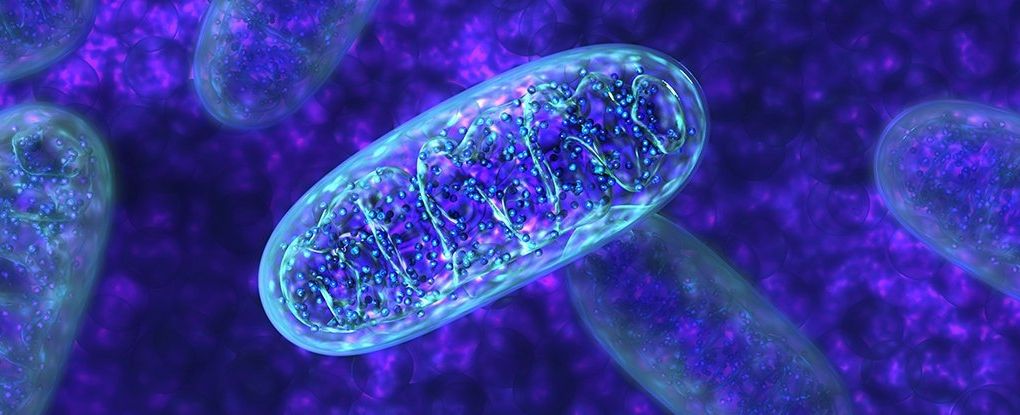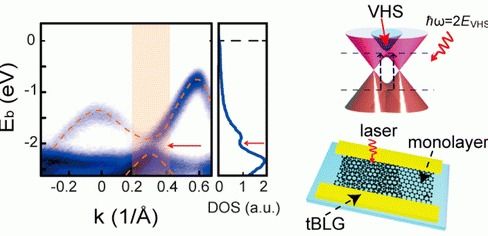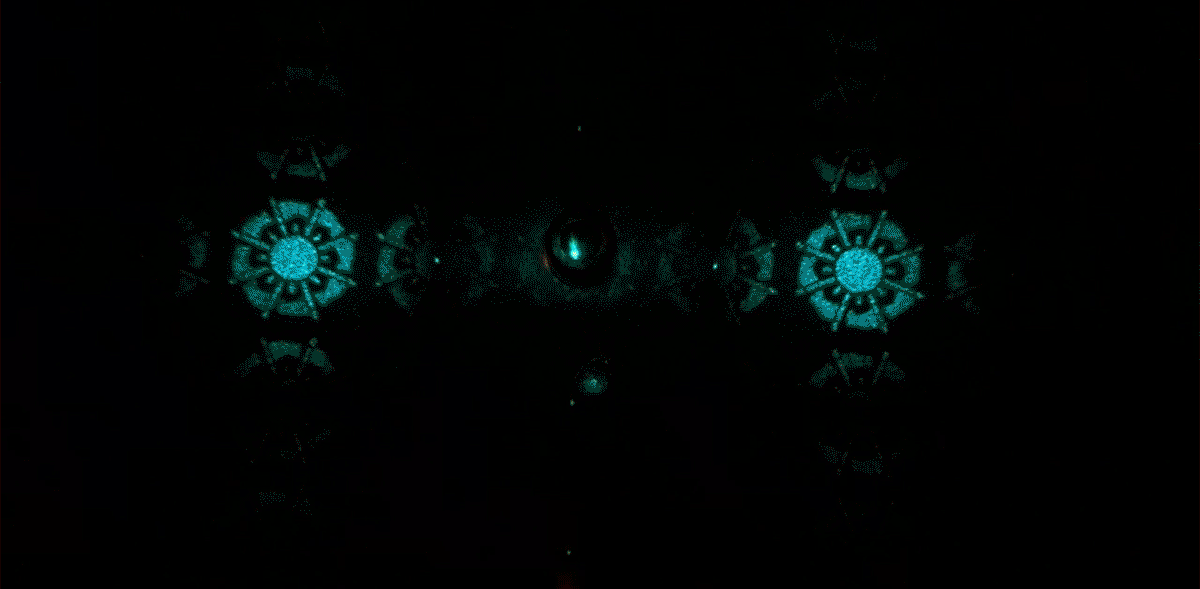May 14, 2016
Head transplant ops ‘will work’, say experts… but the side effects could be the worst form of insanity ever experienced by a human
Posted by Dan Kummer in category: biotech/medical
A RUSSIAN man who has a debilitating illness has volunteered to become the first person to undergo a head transplant – but experts say the side effects of the procedure could be worse than death.
Valery Spiridonov, 30, suffers from Werdnig-Hoffmann disease, a rare form of spinal muscular atrophy.
The controversial operation will involve cooling his head to around 12 degrees Celsius, cutting it from his body and connecting it to the donated body of a brain-dead person.

















